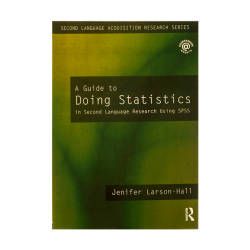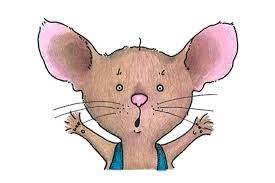Chapter 3: Situated meanings and cultural models
Chapter 3: Situated meanings and cultural models
Writer: James Paul Gee
Saeed Mojarradi Ph.D. Candidate Monday, April 16, 2018
“situated meanings” and “cultural models” involve ways of looking at how speakers and writers give language specific meanings within specific situations.
To begin to develop a “situated” viewpoint on meaning (“situated” means “local, grounded in actual practices and experiences”), We will consider two areas where it is clear that meaning is multiple, flexible, and tied to culture.
In the first case, we look at how children acquire the meanings of words. In the second case, which we look at how scientists and “everyday” people use the “same” words to mean different things.
Two tools of inquiry (ways of looking at language-in-action in the world) were focused on here. These two tools will play a major role throughout the rest of this study: “situated meanings” and “cultural models.”
A child acquiring the meaning of a word
Consider the case of a little girl learning the word “shoe.” At first, she uses the word only for the shoes in her mother’s closet. Eventually, however, she “overextends” the meaning of the word (beyond what adults would use it for). Now she uses it, not only in situations where shoes are involved, but also while handling her teddy bear’s shoeless feet, passing a doll’s arm to an adult to be refitted on the doll, putting a sock on a doll, and when looking at a picture of a brown beetle (Griffiths 1986: 296–7).



